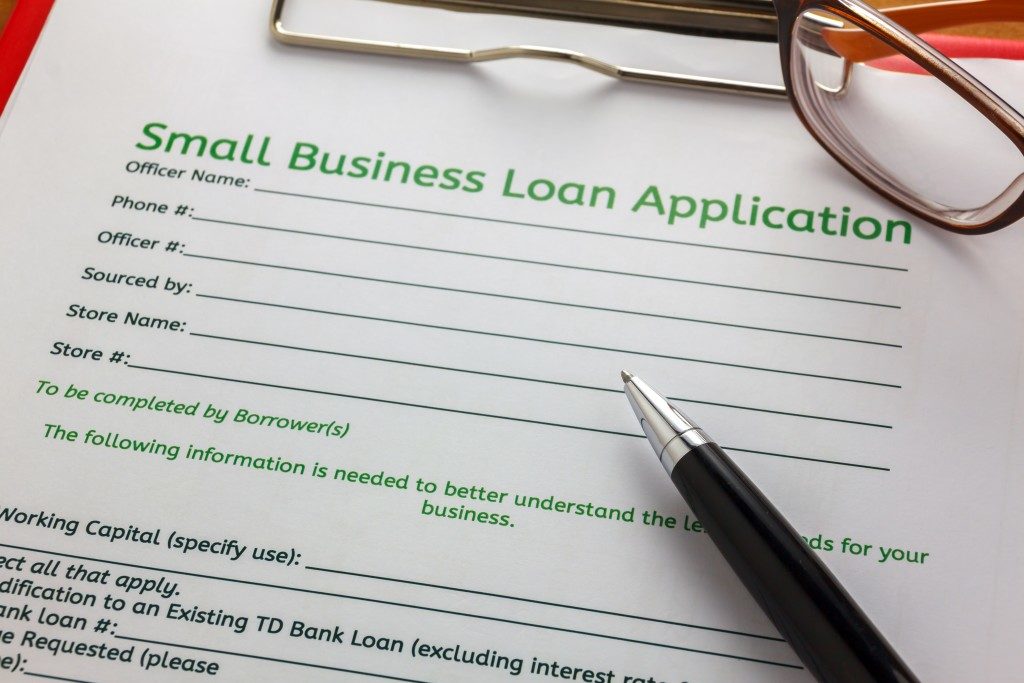Disasters can happen at any time, like how the COVID-19 pandemic has taught us. Whether at home or in business, we need to always be prepared for these disasters to prevent major damage. Disasters come in different forms, such as natural disasters, accidents, illnesses, or technology-related hazards.
With the various types of disasters that happen at any moment, we need to have concrete plans for these events. Companies like Critical Path Solutions can help you find solutions and plan for worst-case scenarios. Your disaster plan must be concrete, clear, and feasible at any given moment.
Businesses always need to be prepared for these potential disasters to protect their companies from unfortunate circumstances. Otherwise, these disasters might cost these businesses a lot of money and resources in getting the company back up and running.
The Relevance of Disaster Preparedness
Businesses have a lot of assets and resources that need to be protected. Protecting these resources means businesses should have a concrete and effective disaster management plan for when things go south. Every company needs to have a strategy for every worst-case scenario. This will allow the business to have more flexibility and agility when faced with difficult circumstances like the COVID-19 pandemic.
Planning a disaster preparedness strategy involves many aspects. This may include evacuation plans, procedures, fire safety, and the preparation of disaster kits. Every member of an organization should be aware and informed of the company’s emergency response strategy so that everyone is prepared for tough circumstances in the business.
Preparing for Disasters and Emergencies

In planning a disaster preparedness strategy, you have to break down the steps you need to follow to create a concrete plan. Think about your business disaster recovery strategies while considering the nature of your business. Whether you face natural disasters or other hazards, you have to be prepared to prevent the potentially dramatic impact it can have on your organization. Below are the steps on how you can set up an effective disaster preparedness strategy for your company.
The first thing you need to do is to develop the outline and guidelines of your emergency strategy. You have to organize your company’s objectives and guidelines for your plan. Your outline needs to include how you are to protect your staff, assets, and operations; however, you should also include whatever requirements your government might have regarding disaster preparedness in your outline.
As an organization, you should learn to assess the threats and risks to your business. Know your organization’s strengths and weaknesses to determine where you need to provide the most attention in planning. As you identify the factors that are most likely to affect your business operations, you will plan more relevant procedures and processes.
The next step you need to do is to have a business impact analysis. As you analyze your company’s threats and risks, you will determine the potential impact these might have on your company, allowing you to formulate an effective business recovery plan.
Writing your business emergency plan has to be based on the unique aspects of your business. This step is a time-consuming process as you might opt to involve your company’s leaders and HR department. After writing your business emergency plan, however, it is time to review and test your plan. Get written feedback from your team leaders to see what areas you can improve on for a stronger disaster preparedness strategy.
These are some steps to writing and developing your company’s disaster preparedness strategy. Businesses need to establish this essential plan to strategize a company’s recovery tactics in times of crisis.
Guide for Small Businesses
In strategizing a business crisis plan, small businesses also need to prioritize this important planning process. Depending on the nature of your business, it might be more difficult for your small company to remain resilient and flexible with the changing times. This is why it’s important to create a disaster preparedness plan as soon as possible.
Apart from those mentioned above, some disaster preparedness tips that small businesses can use as a reference. It’s important to keep the strategy simple and clear to make it easy to understand and implement once the need arises. Testing your created strategies is also essential in ensuring that these plans are up to date and relevant to the times.
Disaster preparedness is a crucial factor for many organizations, whether big or small. Disasters can arise at any time, and they can greatly impact an organization’s resources and assets. To avoid damage, businesses need to create a solid strategy for recovery.


